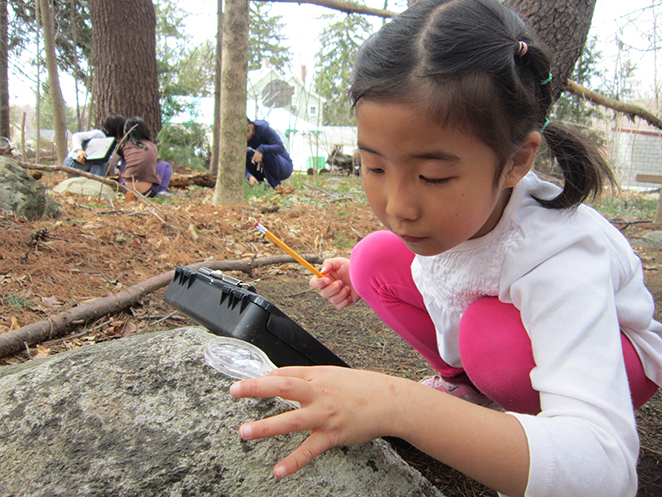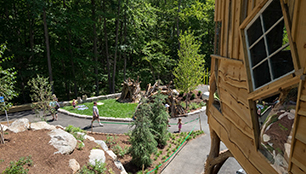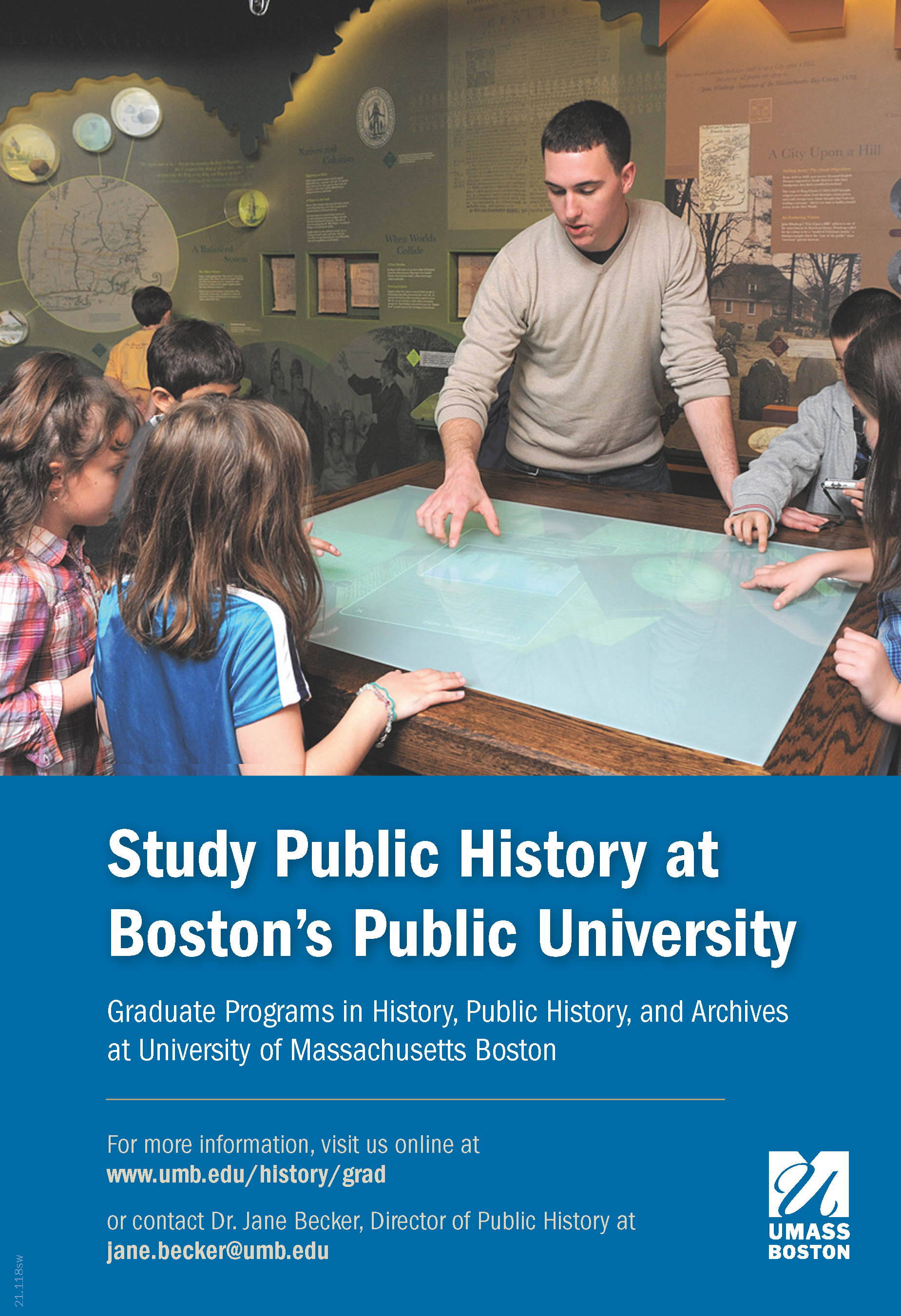
Walking the Talk on Sustainability
By Neil Gordon, CEO, Discovery Museum
Our actions—how we operate and what we model for the world around us—may be even more important than what we strive to teach as a museum. W.E.B. DuBois said, “Children learn more from what you are than what you teach.” The environment we create, and what kids and families take from that, is an influential tool.
Recognizing this, the Discovery Museum is taking concrete steps to be visibly and demonstrably sustainable in our operations as a key strategy for inspiring the next generation of environmental stewards. Our goal is for these actions to motivate families to adopt more sustainable viewpoints and practices at home, and support environmentally sound public policy.
Sustainability, according to the most basic definition, entails meeting the needs of the present without compromising the ability of future generations to meet their own. Over time, the concept of sustainability has evolved to recognize that practices can be sustainable in one dimension but unsustainable in another—for example, environmentally sustainable development cannot truly be considered sustainable if its economic benefits fall only to the wealthiest nations. And so, becoming more sustainable is about more than just leaving our children a planet with adequate resources, it is also about achieving greater harmony in the present between the environmental, economic, and social outcomes—both locally and globally—of our choices and actions. As a children’s museum, we also see it as our obligation to help prepare the next generation to successfully face these complex issues.
What does this mean in practical terms? For the Discovery Museum it will be big and bold. It will be renewable energy being visibly produced on-site; systems that return rainwater to the earth; drinking water made available in ways that don’t produce waste; and waste materials that are composted back to their natural state. It will also be programs and exhibits that not only teach in and about nature, but also communicate that it is our responsibility to nurture and protect it, and how.
This is not entirely new work for the Museum. Discovery Museum first articulated its commitment to environmental sustainability in 2007. Asserting that “we are keenly aware of the interrelationships of humans and the natural world and our obligations to be good stewards of that world,” the organization adopted a vision statement to become, “a premier community museum that embodies discovery learning and environmental stewardship.” Formal goals included becoming a “green” organization and encouraging others to take responsibility for the environment. Two years later, in 2009, a new Master Plan for Campus Expansion included a concept for building a new Environmental Discovery Museum featuring photovoltaic panels, a windmill, a composting area, and an aquifer recharge zone. Unfortunately, the recession of the late 2000s forced the Museum to focus almost exclusively on shoring up its finances and building its audience. It was not until 2013 that the Museum was in a place to contemplate a future campus renovation and initiate a capital campaign to fund it, this time with a focus on accessibility—by then, a pressing capital need and programmatic focus.

Discovery Woods
Our recent environmental work focused initially on the goal of connecting kids with nature, both to raise awareness and promote the physical and mental health benefits of outdoor play. In 2015, we hired our first Outdoor and Environmental Educator. The following year, we opened Discovery Woods, an award-winning, one-acre, fully accessible nature playscape and treehouse abutting 180 acres of town-owned conservation land. With a goal of encouraging “every kid, every day, outside to play,” we also deepened our Backyard and Beyond program series to offer a range of year-round outdoor experiences for children of all ages and levels of comfort with outdoor play. Coinciding with the opening of our expanded and renovated, accessible building in 2018, we also changed our longtime tagline, “Hands On, Minds at Play,” to “Science. Nature. Play.,” to reflect our programmatic evolution and to elevate our message that getting kids outside is the first step to developing an appreciation for the natural world and a sense of responsible stewardship of its resources.
We have also taken steps to advocate publicly for these values, including signing the We are Still In pledge declaring our support climate action to meet the Paris Agreement; joining the America is All In coalition to develop a national climate strategy; supporting the Town of Acton in declaring a climate emergency; becoming a member of the Acton Climate Coalition; and presenting programs addressing environmental topics through our Discovery Museum Speaker Series.
Now, with the Museum on solid footing and the issues of climate change and environmental justice ever more urgent, it is time to redouble our commitment. In June, our Board of Directors adopted the Museum’s five-year Sustainability Plan—steps we will take to “walk the talk.” The most visible part of the plan is our project to produce electricity onsite to meet 100% of our campus energy needs—and then some. The plan outlines our approach to reducing greenhouse gas emissions and becoming carbon neutral; reducing water usage; minimizing waste generation; investing sustainably; and advocating for climate action. All of this will support and be supported by a signature environmental education effort that will connect kids and families with nature, help them learn in partnership with the natural world, and inspire them to advocate for sustainability—all in the fun, hands-on Discovery Museum way. The final plan includes 29 action steps, spanning all areas of Museum operations, to be taken over the next several years.
Our process for developing this plan was relatively simple and streamlined. Given our long commitment to environmental education, little discussion was needed about the need to formalize our goals and objectives. We moved straight to researching and producing a plan focused on action steps. Key to this was establishing the Museum’s baseline environmental impact, which we did with the tremendous support of a skilled intern who self-described as a “sustainability geek.” Her analysis became the platform for the development of concrete goals and actions, and reasonable timeframes for accomplishing them. We also committed early on to implementing our plan transparently and allowing for flexibility as we make progress and learn along the way.
Importantly, we also want to model accountability. Outside voices added perspective by reviewing our drafts, and the current final version has been published on our website and shared across our audience with a request for feedback. The Board of Directors has formally approved and adopted the plan, and we will be creating a Sustainability Advisory Group, which will conduct an annual review of our progress and a report on recommendations for improvements and changes.
We recognize our vision will take time and resources and are honored that many have stepped up to help support our work. Most notably, the Sheth Sangreal Foundation has committed $1M over the next five years and has challenged the community to match their commitment to our plans. We will be asking everyone to join them in helping us leverage our culture of play-based learning to inspire families to help sustain our world. We are developing the details of the Sheth Sangreal Challenge and will share them soon.
It’s also important to note that we are approaching our sustainability work with full knowledge we must also be engaged in its intersections with racial and social justice. We know that the impacts of climate change and environmental degradation disproportionately affect people with low incomes and people of color. And we know that access to the outdoors and nature-based learning experiences are less available to many. We are committed to pursuing our sustainability objectives in ways that also promote equity.
In many ways, all of this is integral work for the Museum, but in other ways it is new and fresh. To my mind we’ve made a renewed commitment, made urgent by the world around us. We are energized and motivated and we hope others in our field will join with us, with combined, greater effect on both our communities and the natural world.
You can review Discovery Museum’s 2021 Sustainability Plan here.
